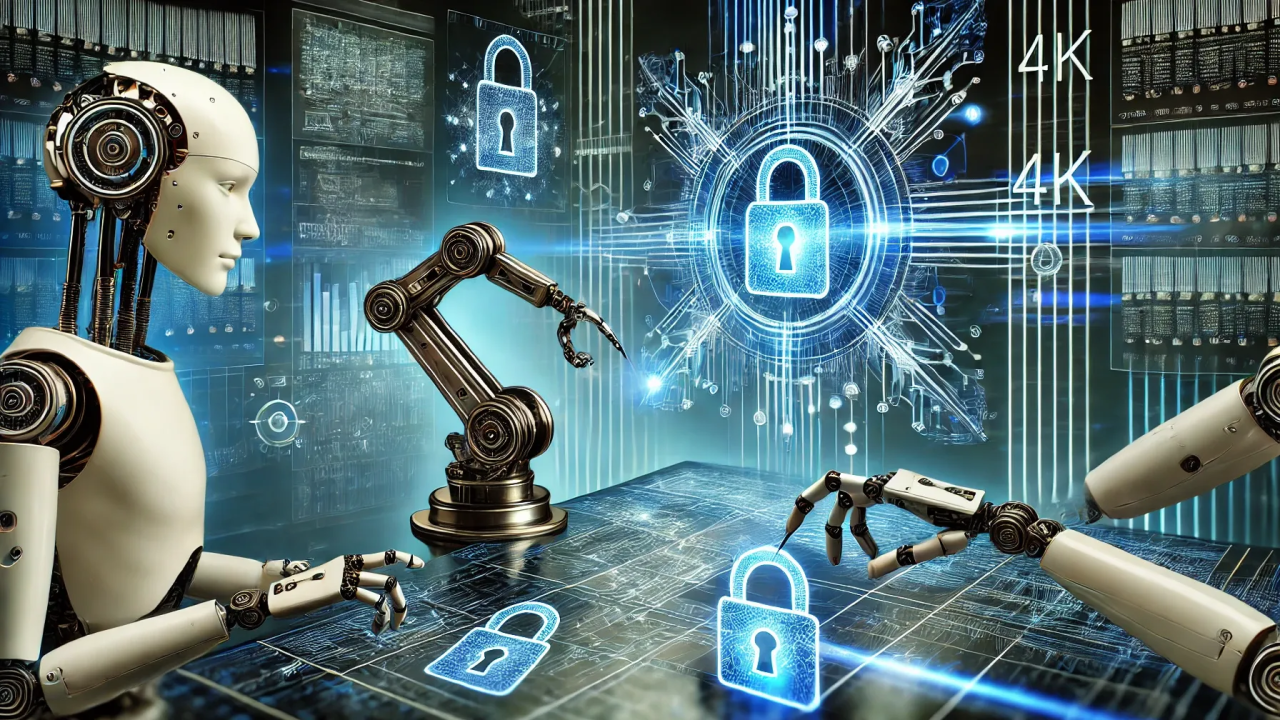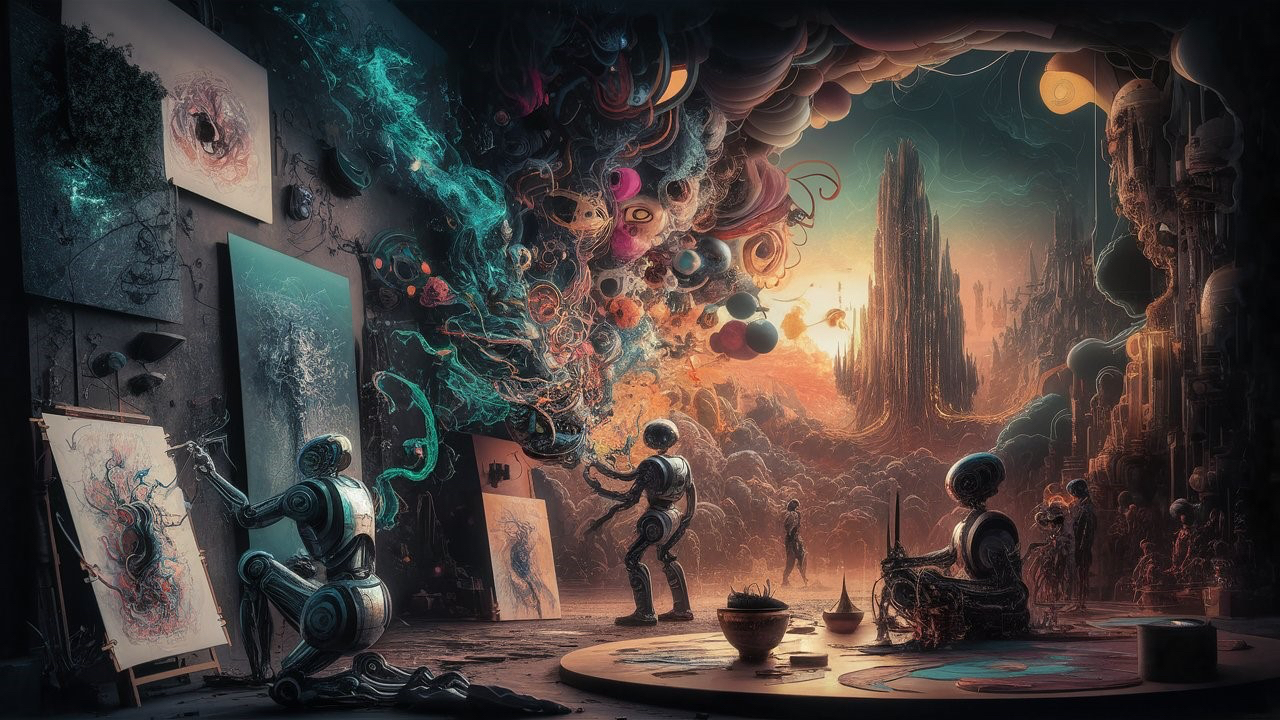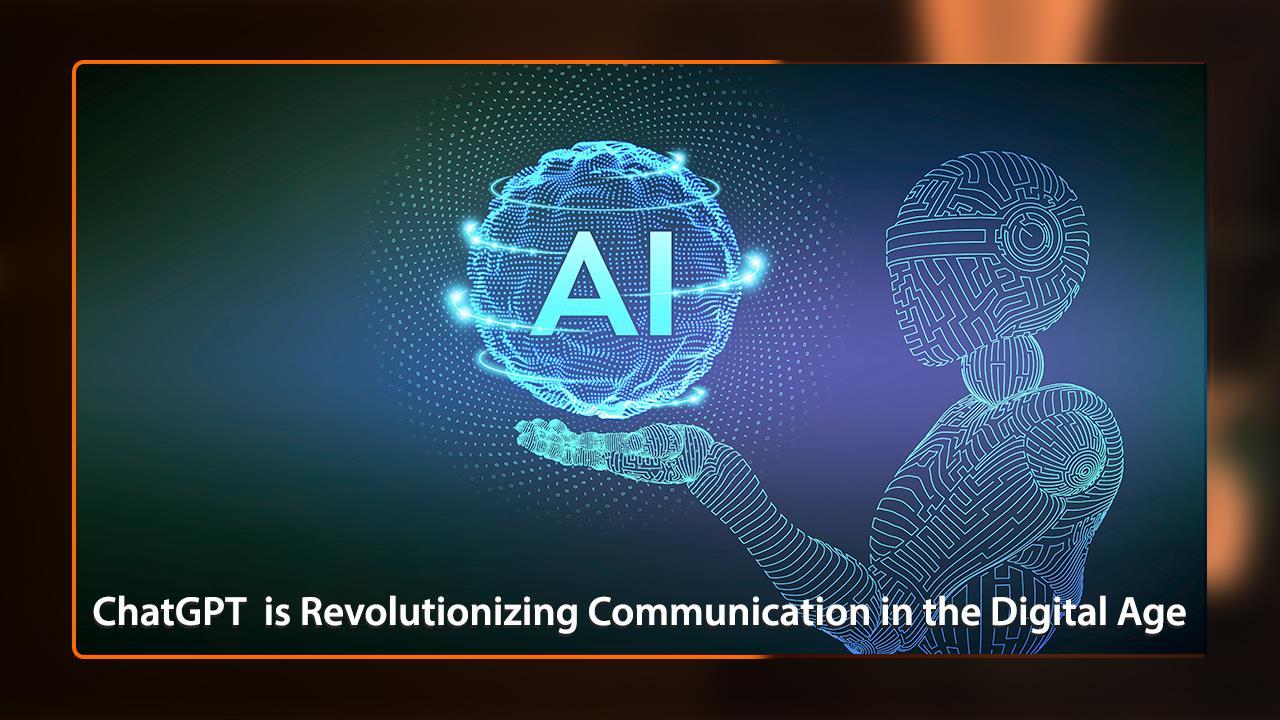Introduction
We’re living in a world where AI & technology are not just buzzwords—they’re the backbone of innovation, transformation, and competitive edge across nearly every sector. From personalized Netflix recommendations to self-driving cars and predictive healthcare, AI has rapidly evolved from a sci-fi concept into a practical reality. But how deep does this shift go? And what does it mean for businesses, individuals, and the future?
In this article, we’ll dive deep into how AI & technology are changing our world—how they work, where they’re being used, the benefits and challenges, and what to expect in the years to come.
What Is AI and How Does It Fit Into Modern Technology?
Artificial Intelligence (AI) refers to the simulation of human intelligence in machines. It enables systems to learn, reason, problem-solve, perceive, and even understand language.
At its core, AI operates through:
- Machine Learning (ML) – systems that learn from data.
- Natural Language Processing (NLP) – machines understanding human language.
- Computer Vision – interpreting visual information.
- Robotics – physical systems using AI to navigate environments.
Paired with rapidly advancing technology—like 5G, IoT (Internet of Things), cloud computing, and edge computing—AI is becoming more powerful, more accessible, and more embedded in our daily lives.
Real-World Applications of AI & Technology
1. Healthcare
AI is revolutionizing healthcare in diagnostics, treatment, and patient monitoring. Algorithms now detect diseases like cancer earlier and more accurately than some doctors. Wearable devices track real-time health data, flagging issues before they become serious.
Example: IBM Watson Health and Google’s DeepMind are making waves in radiology and personalized medicine.
2. Finance
AI is used in fraud detection, algorithmic trading, credit scoring, and robo-advisors.
Example: Fintech platforms use AI to analyze spending habits, offering customized budgeting tools and financial planning services.
3. Retail & E-commerce
AI-driven recommendation engines are behind the personalized shopping experiences we see on platforms like Amazon and Shopify.
Example: Chatbots, AI-driven customer service, and inventory forecasting help online stores operate smarter and more efficiently.
4. Transportation
Autonomous vehicles rely heavily on AI to navigate and make real-time decisions. Traffic systems are also becoming smarter thanks to AI-driven optimization.
Example: Tesla’s Autopilot uses AI to learn driving behaviors and adapt to various environments.
5. Education
AI is personalizing education by adapting learning content to individual needs and pace.
Example: Tools like Duolingo and Khan Academy use machine learning to improve how and what learners are taught.
The Benefits of AI & Technology
- Efficiency & Automation: AI eliminates repetitive tasks, freeing up human talent for creative and strategic work.
- Cost Reduction: Businesses save money with automation and predictive analytics.
- Data-Driven Insights: AI processes massive amounts of data to uncover patterns and trends humans can’t easily see.
- Personalization: Everything from marketing campaigns to learning experiences can be tailored to individuals.
Challenges and Ethical Considerations
Despite its potential, AI isn’t without challenges:
1. Bias in Algorithms
AI learns from data. If that data contains biases, the results can be discriminatory. This has been a big issue in hiring algorithms and facial recognition technologies.
2. Job Displacement
Automation threatens some job roles, particularly in manufacturing, customer service, and data entry. The debate continues on whether AI will create more jobs than it replaces.
3. Privacy Concerns
AI systems collect and analyze large amounts of personal data. This raises red flags about surveillance, data security, and consent.
4. Lack of Transparency
Many AI systems operate as “black boxes”—we don’t always know how they arrive at certain decisions. This creates issues of accountability.
The Future of AI & Technology
We’re only scratching the surface of what AI can do. Over the next 5–10 years, we can expect to see:
- AI + Human Collaboration: Think AI as a co-pilot for workers, boosting creativity and decision-making.
- Hyper-Automation: Combining AI with robotics and process automation for fully automated operations.
- AI in Climate Tech: Optimizing energy use, predicting weather events, and even helping restore ecosystems.
- Smarter Devices: Phones, wearables, and even kitchen appliances that predict needs and learn preferences.
- Decentralized AI: Using blockchain to make AI models more secure and user-controlled.
How Businesses Can Prepare
Whether you’re a startup or a legacy company, embracing AI & technology isn’t optional anymore—it’s essential.
Here’s how to prepare:
- Invest in Data Infrastructure: AI thrives on quality data.
- Upskill Your Workforce: AI is only as powerful as the people using it.
- Adopt AI Ethically: Build transparency, fairness, and privacy into your systems.
- Stay Agile: The pace of innovation is fast—being adaptable is key.
Conclusion
AI & technology are shaping a future that’s smarter, faster, and more connected. While challenges exist, the opportunities for progress are far greater. As individuals, professionals, and organizations, now is the time to learn, adapt, and lead in this new era.
Whether it’s enhancing daily convenience, driving business success, or solving global challenges, one thing is clear: AI & technology aren’t just trends—they’re the tools building tomorrow.




